|
Periods of Chinese History
|
 |
The Jin empire 金 (1115-1234) was founded by the Jurchens, ancestors of the Manchus, that lived in the Liao River plain (what was later to become known as "Manchuria") and the surrounding mountains in northeast China. Their leader proclaimed himself khan and conquered the Liao empire 遼 (907-1125) in north China, a foundation by the proto-Mongol people of the Khitans. They even advanced further south, conquered Kaifeng 開封 (modern Kaifeng, Henan), the capital of the Song empire 宋 (960-1279), and forced the Song court to flee to southeast China, where they founded the Southern Song empire 南宋 (1127-1279). The borderline between the Jin and the Southern Song empires was in the River Huai region.
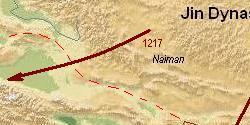 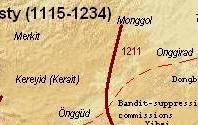 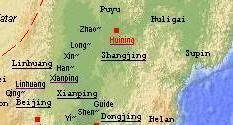
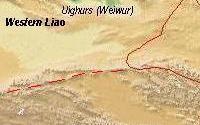 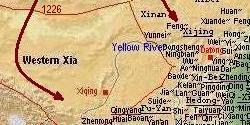 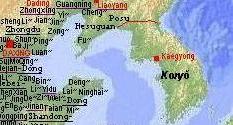
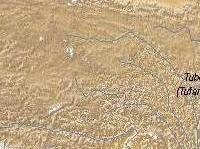 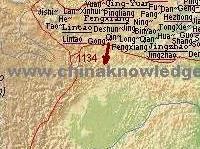 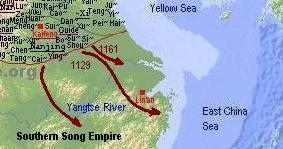
Like the Song and the Liao empires, the Jin founded several capitals, the central capital of which was located in the place of modern Beijing.
The Capitals of the Jin Empire |
| capital | prefecture | modern place |
| Zhongdu 中都 "Central Capital" | Daxing 大興 | Beijing |
| Shangjing 上京 "Superior Capital" | Huining 會寧 | Acheng 阿城, Heilongjiang |
| Dongjing 東京 "Eastern Capital" | Liaoyang 遼陽 | Liaoyang, Liaoning |
| Xijing 西京 "Western Capital" | Datong 大同 | Datong, Shanxi |
| Beijing 北京 "Northern Capital" | Dading 大定 | Ningcheng 寧城, Liaoning |
| Nanjing 南京 "Southern Capital" | Kaifeng 開封 | Kaifeng, Henan |
The Jin empire was divided into circuits or "provinces" (lu 路, in the map in Courier type, underlined):
Shangjing 上京路
Xianping 咸平路
Linhuang 臨潢路
Yanjing 燕京, later Zhongdu 中都路
Dongjing 東京路
Xijing 西京路
Hebei-Dong 河北東路
Hebei-Xi 河北西路
Daming 大名路
Hedong-Bei 河東北路 |
Hedong-Nan 河東南路
Fu-Yan 鄜延路
Qing-Yuan 慶原路
Xi-Qin 熙秦, later Fengxiang 鳳翔路
Lintao 臨洮路
Jingzhao 京兆路
Bianjing 汴京, later Nanjing 南京路
Shandong-Xi 山東西路
Shandong-Dong 山東東路
|
Below the circuit level were prefectures (zhou 州, in Arial type) and superior prefectures (fu 府; underlined in Arial type). In the east and northeast the Jin administration included several special circuits whose governors controlled sparsely inhabited areas: Hesuguan 曷蘇館路, Posu 婆速路, Helan 曷懶路, Supin 速頻路, Huligai 胡里改路 and Puyu 蒲與路. The border region to the Gobi Desert and Mongolian steppe was loosely controlled as the "bandit suppression commissions" (or "pacification commissions" zhaotaosi 招討司) of the Southwest, the Southeast, and the Northeast.
The steppe zone was inhabited by various Mongolic and Türkic-speaking tribes that were subject to the Jin empire in a tributary relationship. The most important ethnic groups were the Mongols 蒙古 (Menggus 萌古斯), Tatars 達旦 (Tatar 塔塔兒), Qonggirads 弘吉剌, Önggüds 汪古, Kereyids 克烈, Merkits 密兒紀, Oirats 斡亦剌, Buryats 八剌忽, Naimans 乃蠻 and Kirghizes 吉利吉思. The Tarim Basin was controlled by the Uyghur 畏兀兒 communities, and in the far west, a branch of the house of Liao had established the Western Liao empire 西遼 (1124-1218). Between the western regions and the Jin empire, the Tangutan Western Xia empire 西夏 (1038-1227) was located. It was the first empire on Chinese soil that was conquered by Činggis Qaɣan's mighty federation of the Mongols. The Jin empire fell next, before the Song were forced into their knees.
2000 ff. © Ulrich Theobald · Mail
|
|
|